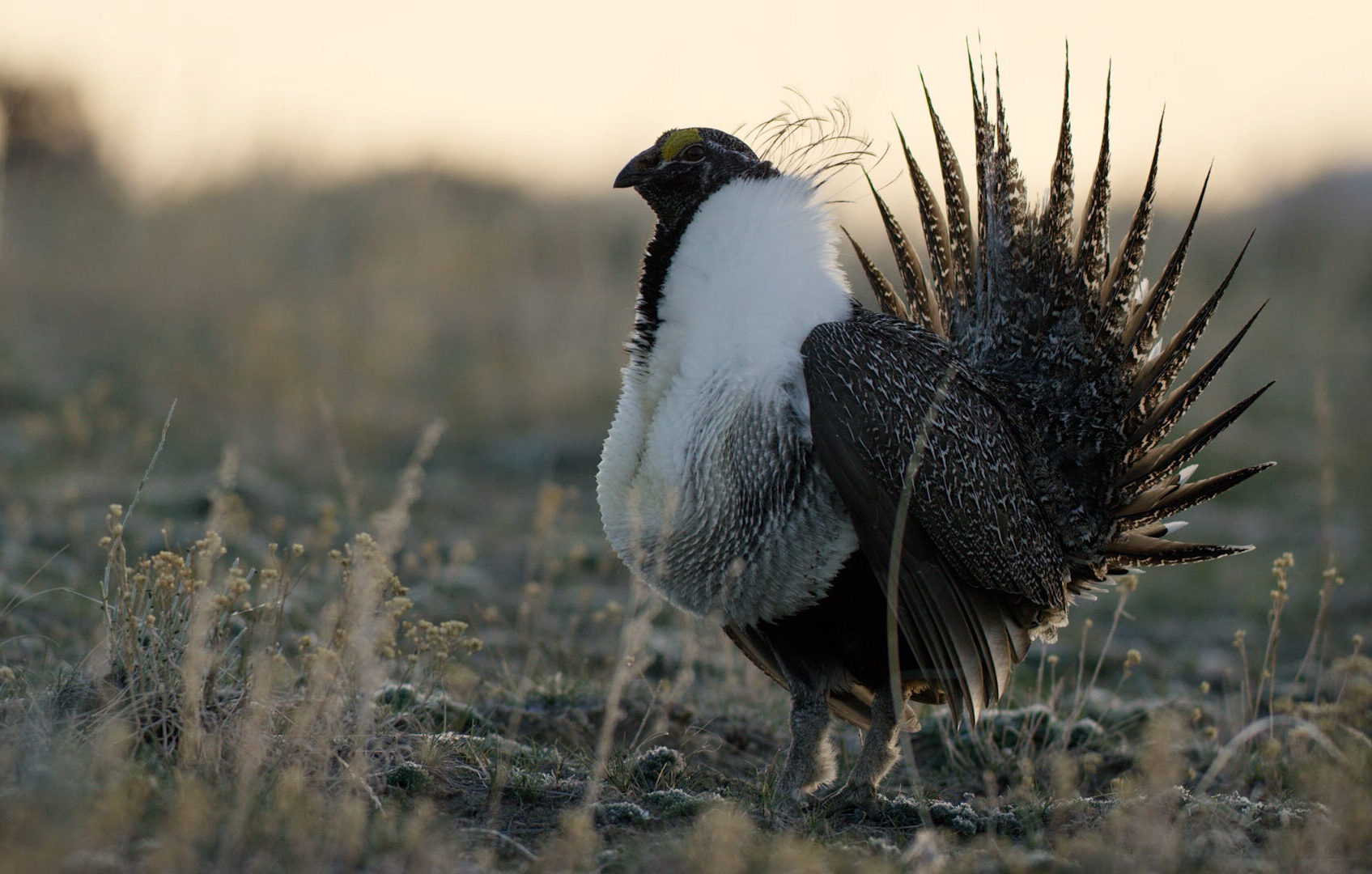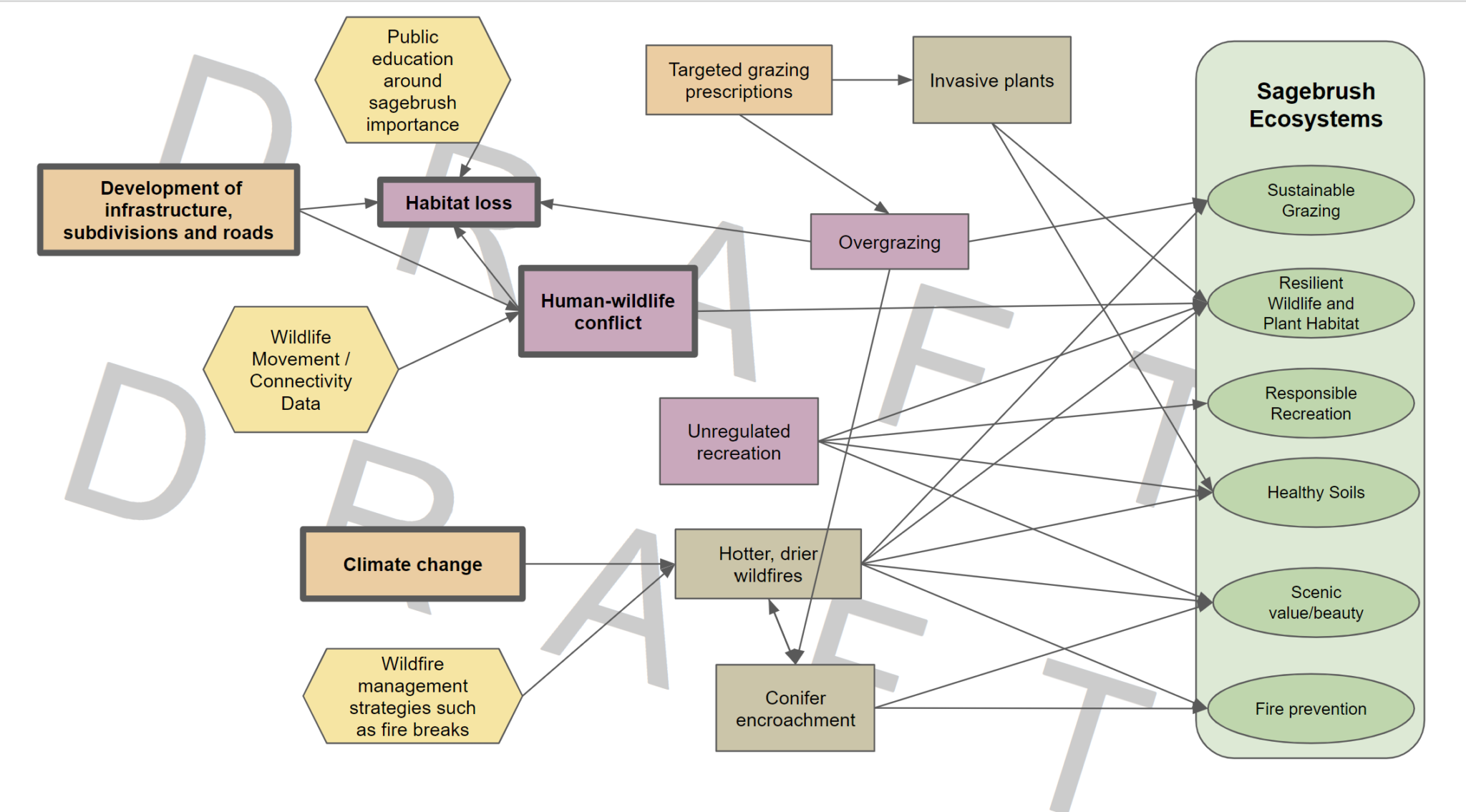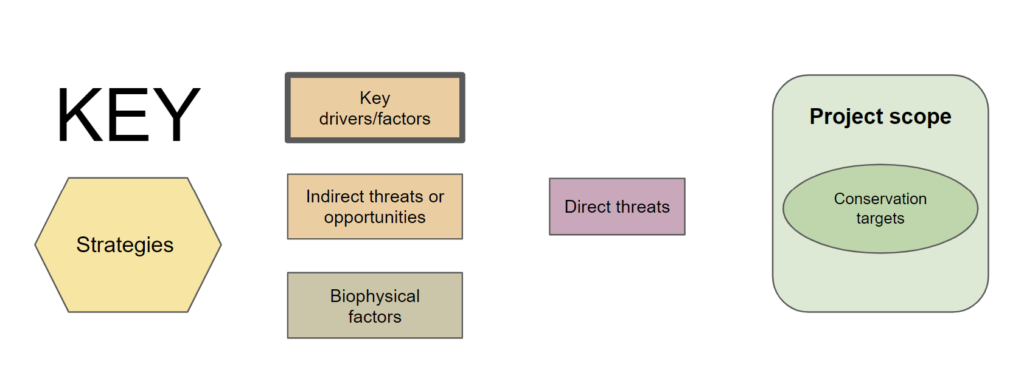Sagebrush Ecosystems

Sagebrush steppe constitutes a large portion of the High Divide landscape. Characterized by resilient and sparse shrubs, grasses, and sagebrush, these areas contain essential habitat for sage-grouse, as well as many other bird species and ungulates. Sagebrush steppe is used by local producers for grazing stock, and both motorized and non-motorized recreationalists value the trails and hunting opportunities.
Climate change and development throughout the West are threatening the future of sagebrush steppe. Increasing drought and land management activities that degrade native habitat results in conifer encroachment and invasion of non-native plants that dramatically change fire frequency and severity. Sagebrush-dependent species are also losing habitat to the development of subdivisions, roads, and other infrastructure. A more substantial human presence throughout these areas is perpetuating human-wildlife conflicts and further degrading the landscape as regulating grazing and recreation along with other uses is a difficult task for land managers.
There are many strategies available that can begin to address the myriad of threats facing the sagebrush steppe. The public must understand the importance of the ecosystem and develop an ethic that will encourage them to recreate responsibly. New wildlife connectivity and movement studies can be used in planning to decrease human-wildlife conflicts. Emerging science and techniques can be used to inform wildfire management.
Draft Conceptual Model

